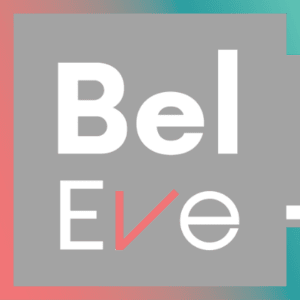Attempts to become more inclusive and diverse have left institutions becoming ignorant to the unique experiences of different ethnicities and their experiences, to be branded as diverse and inclusive and, therefore, preventing media and public scrutiny. I understand the true desire to embrace and be more representative of ethnic groups at a disadvantage, however, classing all minorities under BAME is homogenising the experiences of individual groups in world society. I, for one, can say that my experience as a brown Indian woman is very different to a black woman, I can also say it is very different to a brown Indian man. This is based on a variety of things, the lack of equality between men and women, the deep-rooted sexism within the Indian culture and the fact that I will never understand what it is like to be a black woman. There are many layers to unpack within BAME and applying a one size fits all regimen is not the way to tackle systematic and institutionalised racism. It simply perpetuates it through othering all people of colour and lumps us into one category versus white people.
I am aware that many individuals will see this is as being too politically correct and “at least they’re trying to be more inclusive now”, the “at least” is where the mistake lies. We should not expect the very least and a blanket measure to fix years of discrimination within the UK and around the world, there is a need for a heavier focus and a more detailed approach in order to tackle racial injustice. It is not tedious for a strategy to be formed which seeks to cover all individuals and assist them in the best possible way. After all the world is not only facing the corona virus pandemic, it also needs to work to find a cure for racism.
In reference to covid-19 and the effect it is having on the BAME community, the term has become dangerous in its implications on public health. Looked at closely, the covid-19 pandemic is having the greatest effect on Black Caribbean’s, who are dying at a higher rate than their BAME counterparts. Therefore, as public health and media seek to pay attention to those at a higher risk, the use of the term BAME can prove dangerous and harmful to specific groups. This homogenising and lack of attention towards individual ethnic groups carries out through various institutions. An example; Matt Hancock, the Secretary of State for Health and Social Care, responded to the claim that there was a lack of black people in cabinet by claiming that there was in fact BAME people within it. This forces the assumption that BAME usurps the position for equal representation amongst all minorities.
Finally, I would like to draw attention to the fact that, not only do we at present experience different problems and issues within our own communities and cultures, that cannot be homogenised and clumped into one category, all ethnicities have different histories. For example, black women experienced colourism through the transatlantic slave trade where black slaves were mistreated and discriminated against by their white masters, whilst South Asian Women’s experiences lie in imperialism and colonialism where white features became ingrained in south Asian culture as a wanted and needed trait. Perhaps it is the colonial guilt that is finally appearing within the predominantly white male politics, however, BAME is and should become an outdated term. There is a need for a more pronounced aim towards ethnic minorities based on their individual experiences, in the context of diversity and inclusion.
Written by Aarti Agarwal (BelEve Communications & Outreach Intern)






0 Comments